Борлуулалтын дараах үйлчилгээ
Заавар, удирдамжийг ашиглан санал болго.
1 жилийн баталгаат хугацаа. Барааг хүлээн авсны дараа ямар нэгэн асуудал гарвал үйлчлүүлэгч бидэнтэй холбогдож борлуулалтын дараах үйлчилгээг авах боломжтой.
Хэрэв бүтээгдэхүүнийг хүлээн авсны дараа баталгаажсан боловч ашиглалтын явцад хүлцлийн асуудал гарсан бол бид үнэ төлбөргүй тохируулга хийх боломжтой бөгөөд үйлчлүүлэгч хүргэх зардлыг төлөх шаардлагатай болно.
Жингийн шинж чанараас шалтгаалан зөвхөн F2 /M1 ба түүнээс доош анги 2 байж болноndтохируулсан.
Тохиолдлууд
Манай царайлаг үйлчлүүлэгч хальтиргаанаас хамгаалах жин худалдаж аваад барааныхаа хамт зургаа илгээнэ үү. Түүний итгэл, сайхан сэтгэгдэлд баярлалаа.
*Чийгийн тоолуурын тохируулгын жин
Чийг хэмжигч нь чийгийн хэмжээг хурдан хэмжих шаардлагатай лаборатори эсвэл үйлдвэрлэлийн процесст өргөн хэрэглэгддэг. Эмийн үйлдвэр, хүнсний үйлдвэр, химийн үйлдвэр, хөдөө аж ахуй гэх мэт.
Чийг хэмжигчийг жингээр хэрхэн тохируулах вэ?
0.00 г төлөвт байх үед BE товчийг дарна уу.
Дэлгэц анивчих үед дээжний тавиур дээр 100 грамм жинг зөөлөн тавь. Утга илүү хурдан анивчина, дараа нь уншилт 100.00 болтол хүлээнэ үү.
Жингээ хасаад туршилтын горим руу буцаад шалгалт тохируулгын процесс хийгдэнэ.
Шинэ чийг хэмжигчийг хэрэглэхийн өмнө шалгалт тохируулга хийх шаардлагатай. Үүнийг байнга хэрэглэж байгаа тохиолдолд тогтмол тохируулга хийх шаардлагатай болдог. Шалгалт тохируулга хийх чийгийн тоолуурын нарийвчлалын дагуу жинг зөв сонгох нь чухал юм. Эндээс зөвлөгөө аваарай.
*Цахим жингийн тохируулгын жин
Ерөнхийдөө электрон жинг бүрэн масштабын 1/2 эсвэл 1/3-аар тохируулна. Стандарт тохируулгын процесс дараах байдалтай байна.
Жинлүүрийг асаагаад 15 минутын турш халааж, 0 бит тохируулна. Дараа нь жинг ашиглан 1кг/2кг/3кг/4кг/5кг гэх мэт дарааллаар тохируулж, жингийн жингийн уншилтыг ижил жинтэй байлгах, шалгалт тохируулгын процесс хийгдсэн.
Янз бүрийн жинд өөр өөр ангиллын жин хэрэгтэй болно:
1/100000 хүлцэл, хамгийн бага масштаб 0.01 мг-тай тэнцэл нь төгс түвшний тэнцэл юм. Үүнийг E1 эсвэл E2 жингээр тохируулах шаардлагатай.
1/10000 хүлцэл, хамгийн бага масштаб 0.1 мг-тай тэнцэл нь тохируулгын хувьд E2 жинг ашиглана.
1/1000 хүлцэл, хамгийн бага хэмжээ 1 мг-тай тэнцэл нь тохируулгын хувьд E2 эсвэл F1 жинг ашиглана.
1/100 хүлцэл ба хамгийн бага масштаб 0.01г-тай тэнцэл нь тохируулгын хувьд F1 жинг ашиглана.
1/100 хүлцэлтэй, хамгийн бага масштаб 0.1 г масштабаар тохируулахдаа M1 жинг ашиглана.
Жинлүүр болон жинг зохих утга, ангиллын жингээр тохируулж болно.
*Лифтийг ачаалах туршилт
Энэ нь лифтийг ачаалах туршилтын нийтлэг арга юм. Лифтийн тэнцвэрийн хүчин зүйлийн тест нь жинг ашиглах шаардлагатай. Лифтийн тэнцвэрийн коэффициент нь зүтгүүрийн лифтийн хамгийн чухал үзүүлэлтүүдийн нэг бөгөөд лифтийг аюулгүй, найдвартай, тав тухтай, эрчим хүчний хэмнэлттэй байлгах чухал үзүүлэлт юм. Чухал функцийн хувьд тэнцвэрийн хүчин зүйлийн туршилтыг хүлээн авах шалгалтын төсөлд оруулсан болно. Лифтийг шалгахад 20 кг цутгамал төмрийн жинг "тэгш өнцөгт жин" (M1 OIML стандарт жин) 1 г хүлцэлтэйгээр ашигладаг. Ерөнхийдөө лифтийн компаниуд 1 тонноос хэдэн тонн хүртэлх жижиг ширэм туухайгаар тоноглодог.
Тусгай тоног төхөөрөмжийн хяналтын институт нь лифтийг ачих шалгалтын хувьд цутгамал төмрийн жинг ашиглах шаардлагатай. Нийтлэг хэмжээсүүд нь: 20 кг цутгамал төмрийн жин (хялбар, өргөхөд хялбар), хоёрдугаарт зарим хяналтын нэгжүүд 25 кг цутгамал төмрийн төрлийг сонгох болно.
*Хүнд даацын жин/ачааны жингийн шалгалт тохируулга
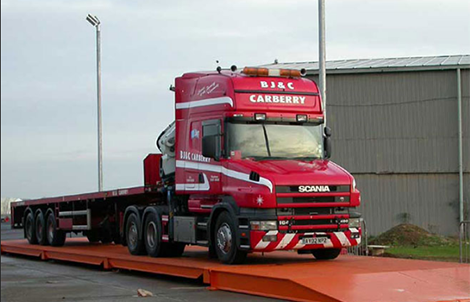
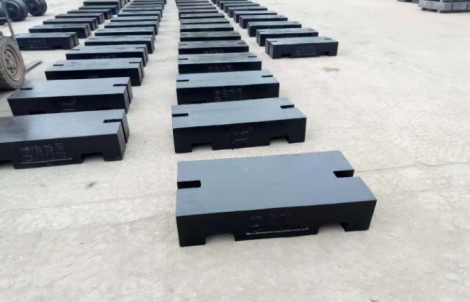
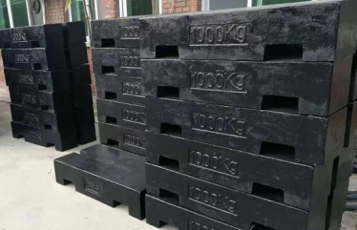
* Шалгалт тохируулгын аргууд
Булан дээрх шалгалт тохируулга: Жингээ 1/3X утгаар (жингийн жингийн нийт багтаамжийн оронд X) сонгож, тавцангийн дөрвөн өнцөгт тавиад тусад нь жинлэнэ. Дөрвөн булангийн уншилт нь зөвшөөрөгдөх хүлцэлээс хэтрэхгүй.
Шугаман байдлын тохируулга: Жингүүдийг 20% X ба 60% X-ээр сонгож, жингийн голд тусад нь тавина. Уншилтыг жингийн утгатай харьцуулсны дараа хазайлт нь зөвшөөрөгдөх хүлцэлээс хэтрэхгүй байх ёстой.
Шугаман тохируулга: 20% X ба 60% X жинг сонгож, стандарт жинг жингийн тавцангийн төвд байрлуулж, тусад нь жинлэх ба уншилтыг стандарт жинтэй харьцуулна. Хазайлт нь зөвшөөрөгдөх алдаанаас хэтрэхгүй байх ёстой.
Дэлгэцийн утгын тохируулга: Дундаж бүрэн жинлэх хүчин чадлыг 10 тэнцүү хэсэгт хувааж, стандарт утгыг тохируулж, жингийн голд стандарт жинг байрлуулж, уншилтыг тэмдэглэнэ.
*Малын жингийн шалгалт тохируулга
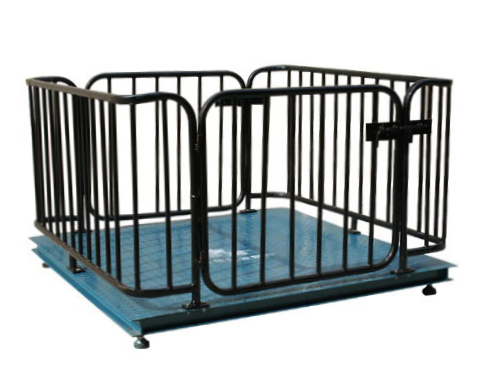
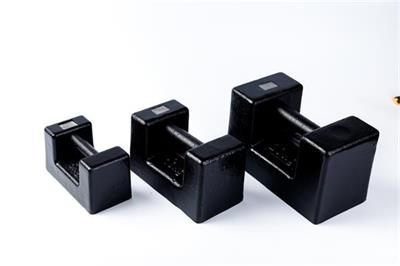
Малын жинг малын жинд хэрэглэдэг. Жингийн нарийвчлалыг хадгалахын тулд цутгамал төмрийн жинг ашиглан малын жинг тохируулж болно.
* Палетт ачааны жин
Энэ нь гар тавиур болон жинлүүрт нэгтгэгддэг. Палетт ачааны жингийн тусламжтайгаар тээвэрлэх, жинлэх ажлыг нэгэн зэрэг хийх боломжтой. Өөрийн дотоод логистикийг хямд зардлаар илүү үр ашигтай болго.
*Кран жинлүүр
Кран жинлүүрийг өлгөөтэй ачааг жинлэхэд ашигладаг бөгөөд өөр өөр хүрээ, жингийн багтаамжтай, стандартын бус том ачааг үйлдвэрлэлийн нөхцөлд хэрхэн жинлэх асуудлыг шийдэх шийдлийг санал болгодог. Ер нь ган, төмөрлөг, үйлдвэр, уурхай, ачааны станц, логистик, худалдаа, цех гэх мэт ачих, буулгах, тээвэрлэх, буулгах, ачаа тээвэрлэх гэх мэт. 100кг-аас 50 тоннын багтаамжтай дижитал краны жин
